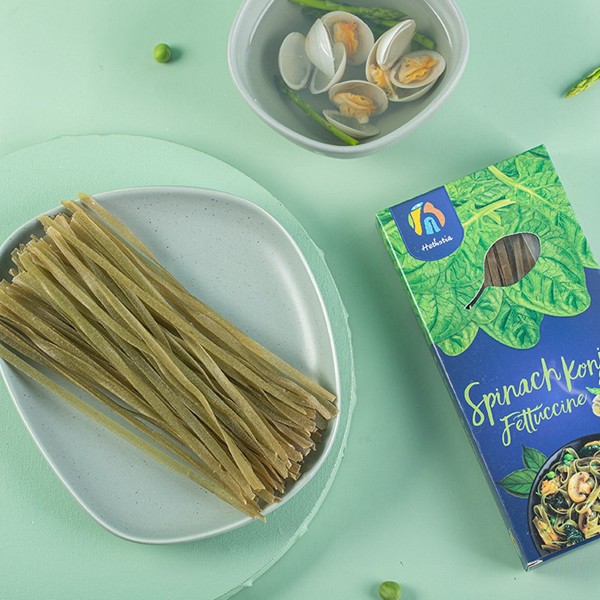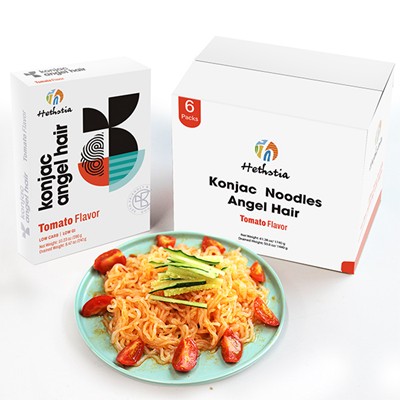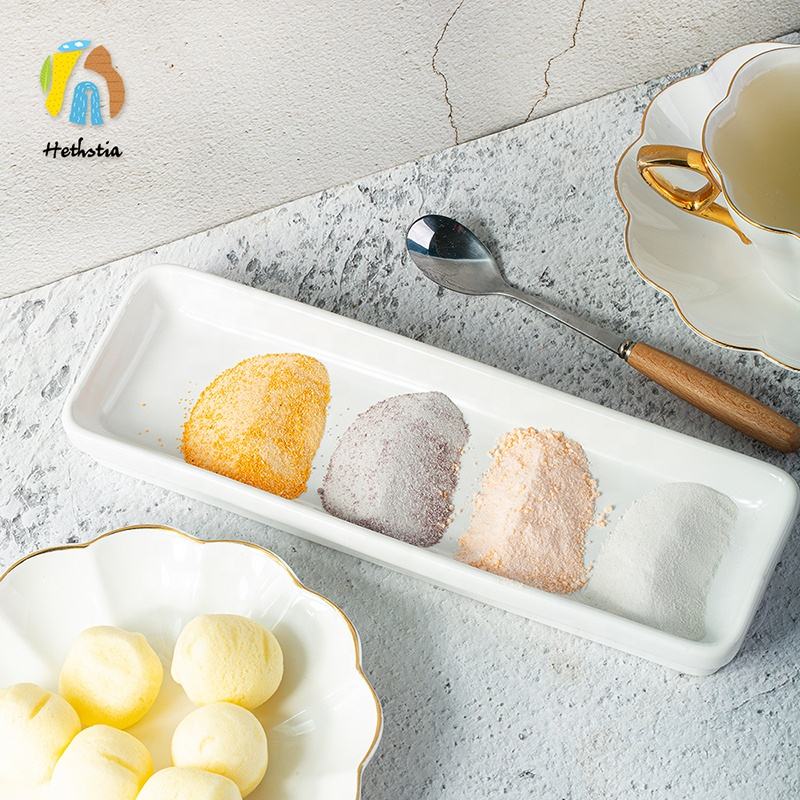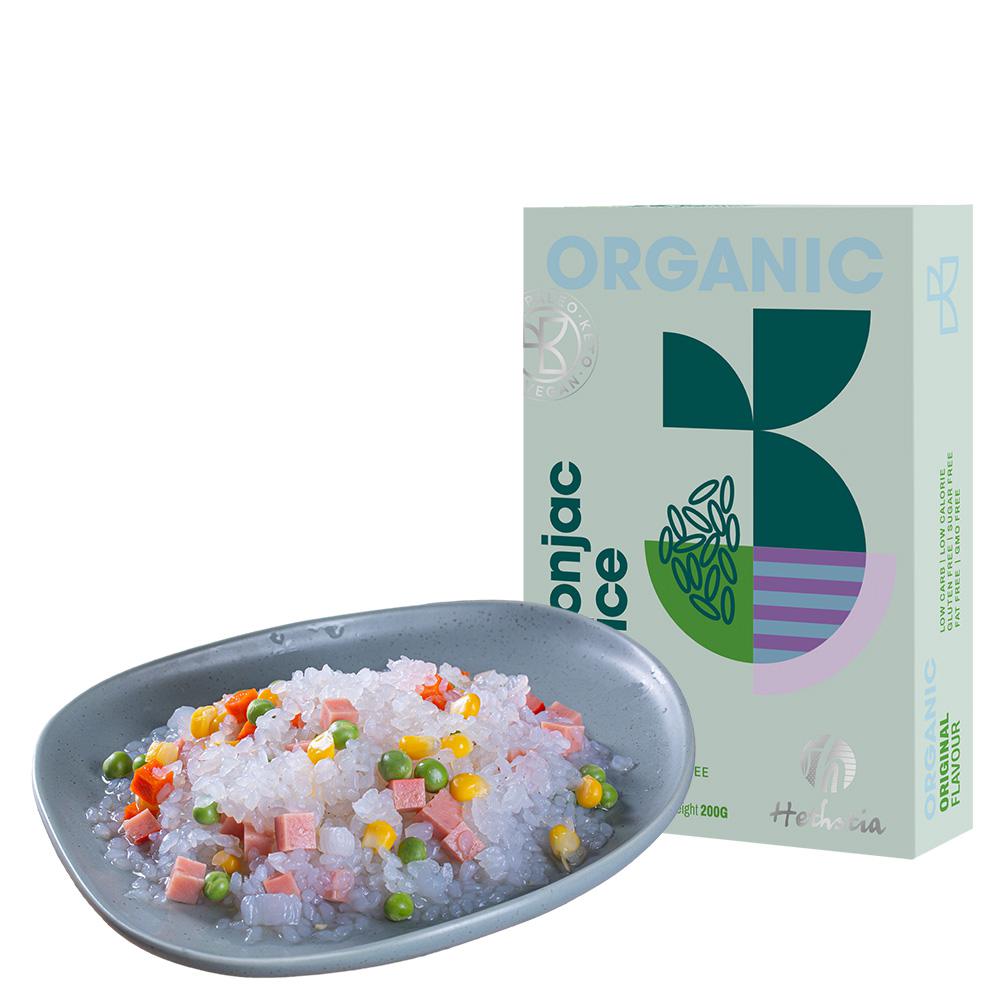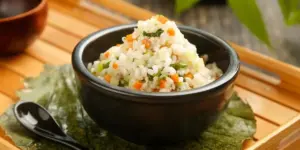Rice noodles are a type of rice noodle made from rice in the form of flat or round strips. They are widely popular in Asia and around the world. Rice noodles in different regions have their characteristics in shape, taste, cooking methods and flavors.
The following are the main types of rice noodles in the world and their characteristics:
1. Chinese rice noodles
1.1 Shahe rice noodles (Guangdong)
Originated from Shahe Town, Guangzhou, the rice paste is steamed and cut into thin and transparent strips, suitable for stir-frying (such as dry fried beef noodles) or making soup. It adopts the traditional process of “stone-ground rice paste-steamed on bamboo plates-hand-cut strips”. It is as thin as a cicada’s wing (about 1 mm thick), about 1 cm wide, and translucent. It is flexible and smooth, with a strong rice aroma, and will not break even after long frying.
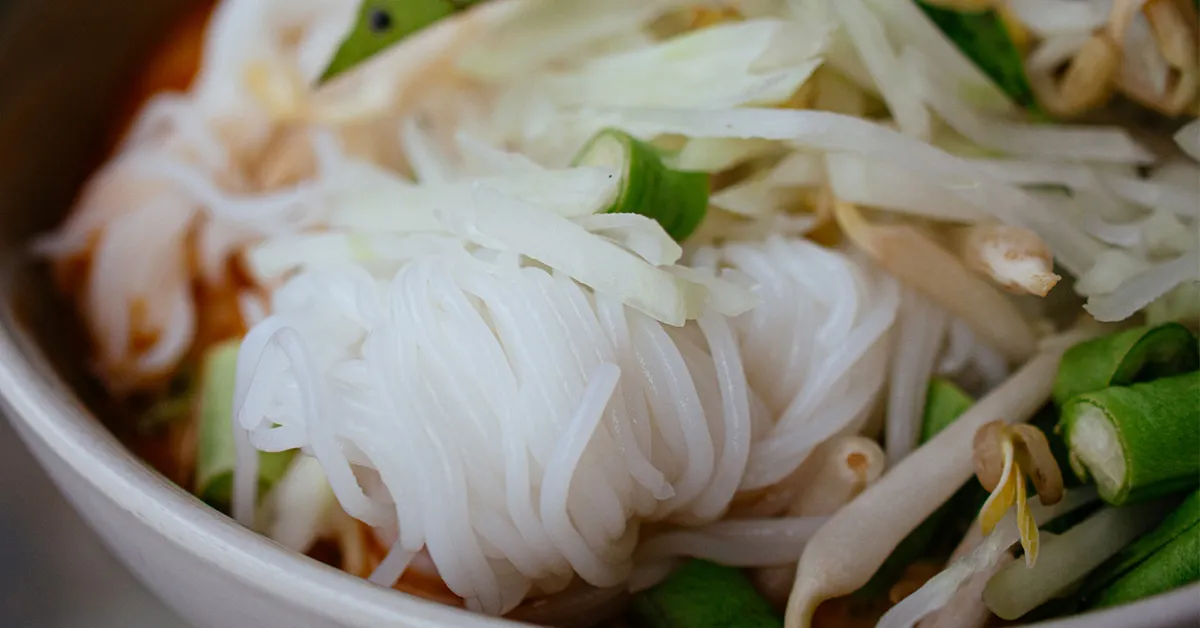
1.2 Chaoshan rice noodles
Slightly thicker than rice noodles, with a more flexible texture, often used in beef rice noodle soup or fried rice noodles.
Made only with rice and water, without adding potato starch or starch, it is milky white and has a strong rice aroma. It is more rustic and pure than Cantonese rice noodles. The width is usually no more than 0.5 cm, but the thickness is thicker than rice noodles, the cross-section is close to a small square, and the taste is thick.
It can be boiled in soup, dried, fried, or even dried to make “Kuei Pi” for long-term storage.
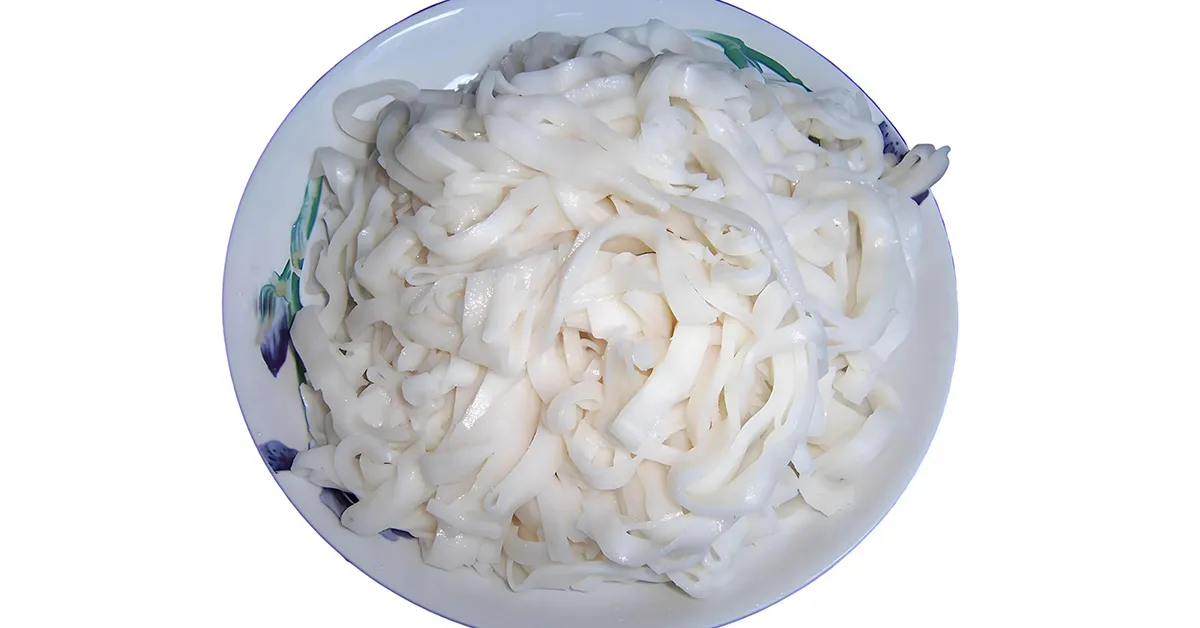
1.3 Hunan rice noodles
Hunan rice noodles are one of the most distinctive local rice noodles in China, and are famous throughout the country for their rich variety and unique flavor.
There are round noodles (Changde rice noodles) and flat noodles (Changsha rice noodles), the former is tougher and the latter is softer.
The raw material of round noodles is mainly early indica rice, and some sweet potato starch is added. The diameter of round noodles is about 2-3 mm, with strong toughness and cooking resistance.
The raw material of flat noodles is mainly pure rice, without adding other starch. The width of flat noodles is about 1 cm, the thickness is about 1 mm, and the taste is soft and smooth.
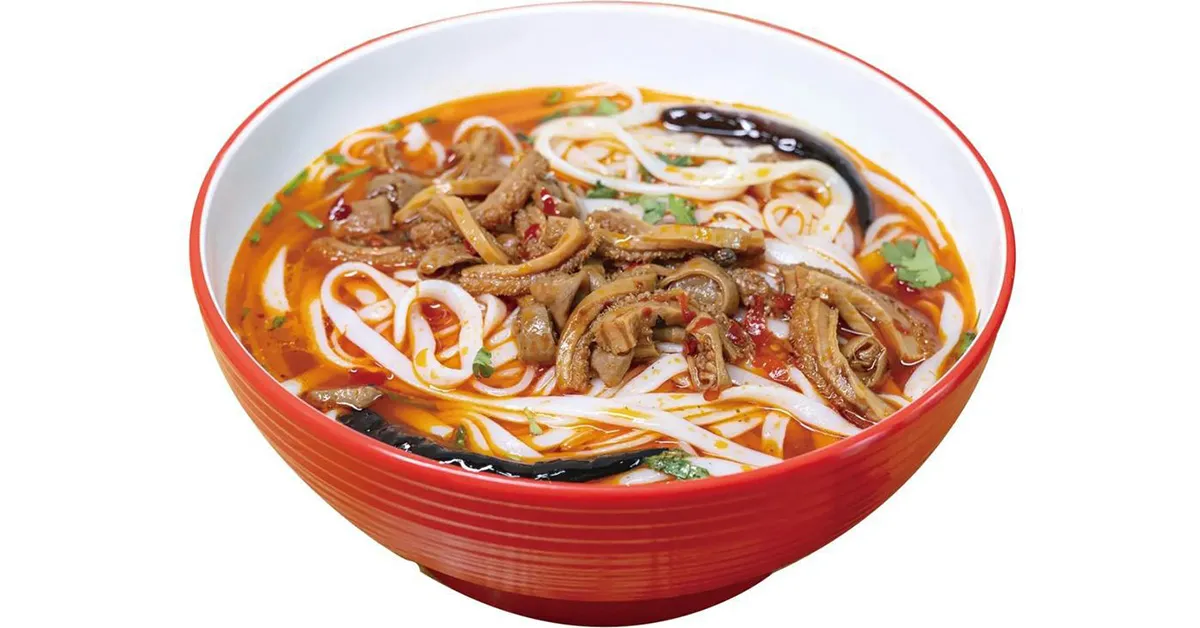
1.4 Guangxi rice noodles
Almost all of Guangxi’s 14 cities have representative rice noodles, such as Liuzhou snail rice noodles, Guilin rice noodles, Nanning Laoyou rice noodles, etc., with a total of more than 100 varieties.
They have unique flavors, such as sour and spicy (snail noodles), fresh and fragrant (seafood noodles), stewed and fragrant (Guilin rice noodles), sweet and sour (Binyang sour noodles), etc., with rich flavors.
Guangxi rice noodles are well-known throughout the country for their diverse forms, unique flavors and profound cultural heritage, and are even popular worldwide.
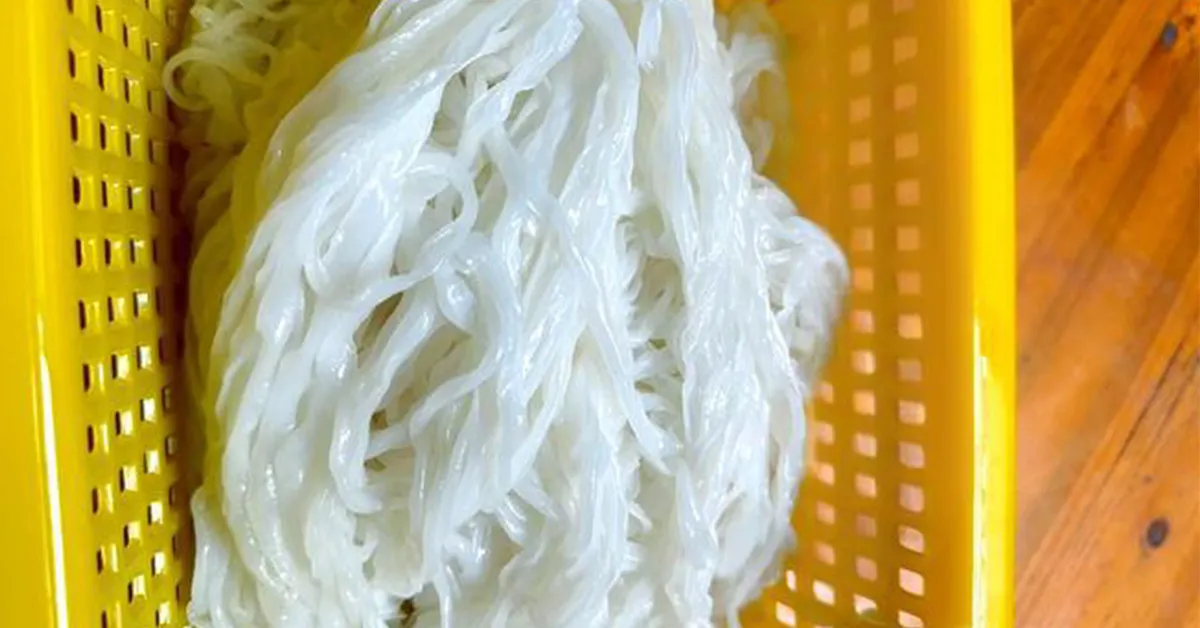
1.5 Yunnan rice noodles
Made using traditional fermentation technology, they have a smooth, slightly sour taste and a strong rice aroma, but they have a short shelf life.
Yunnan’s most representative way of eating rice noodles is to scald raw meat slices, vegetables and rice noodles in boiling broth, and pair them with quail eggs, ham, etc., which is fresh and fragrant.
Yunnan people have taken rice noodles to extremes in cooking methods, including boiling, blanching, stewing, frying, and cold mixing, and pairing them with various local special ingredients, forming a rice noodle culture with regional characteristics.
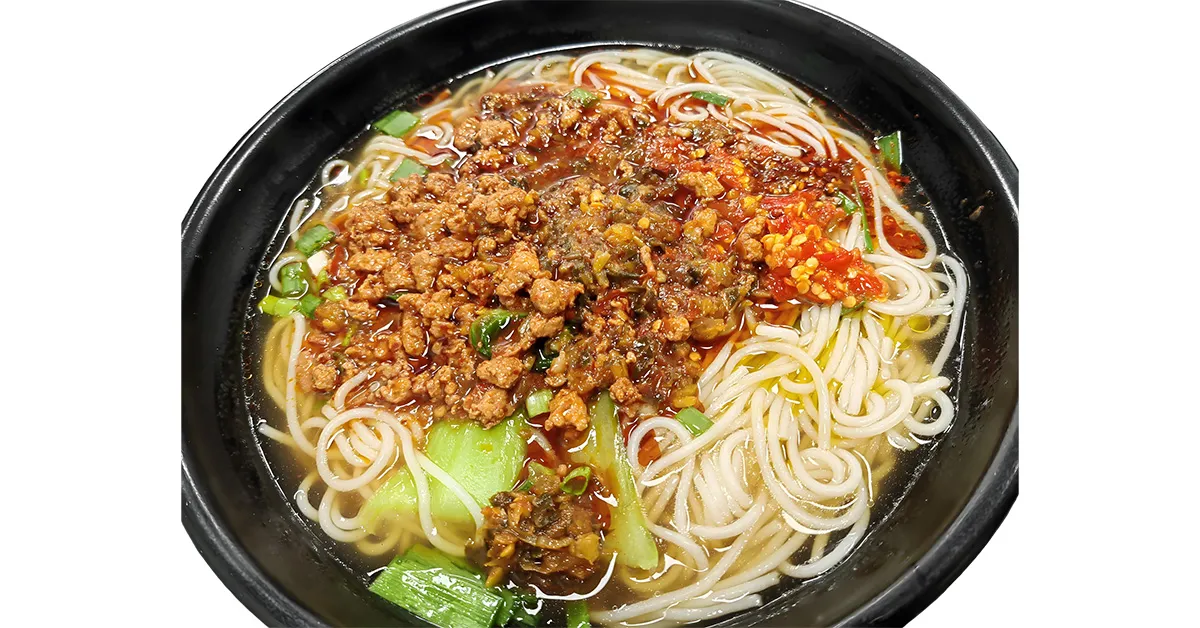
1.6 Jiangxi rice noodles
Jiangxi rice noodles are one of the famous rice noodles in China, famous for their toughness, rich rice aroma and smooth taste.
Jiangxi rice noodles are mainly made of late-maturing indica rice, which has a high content of amylose, making the rice noodles more chewy and resistant to cooking.
The methods of making rice noodles in various parts of Jiangxi are different, including mixing, frying, boiling, blanching, cooling, and tying.
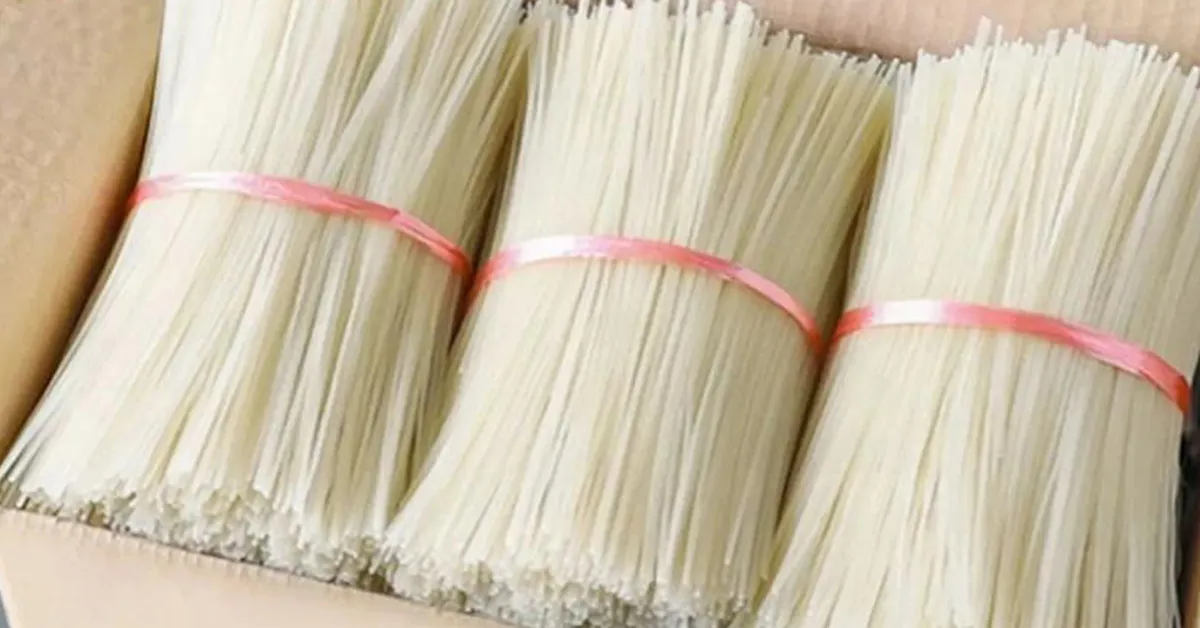
1.7 Guizhou rice noodles
Guizhou rice noodles are made from high-quality local rice in Guizhou, retaining the natural rice aroma. They are made through soaking, grinding, steaming, cutting and other processes. They have a smooth and delicate taste and can be used as a staple food or a snack. They can be soft or chewy, depending on the method.
They are often served with hot and sour soup, mutton soup, beef soup, etc., and seasoned with sauerkraut, chili peppers, chopped green onions and other condiments.
Guizhou rice noodles are often served with local specialty chili peppers (such as paste chili peppers, oil chili peppers) and sour seasonings (such as sour soup, sauerkraut), forming a unique flavor of “sour, spicy, fresh and fragrant”.
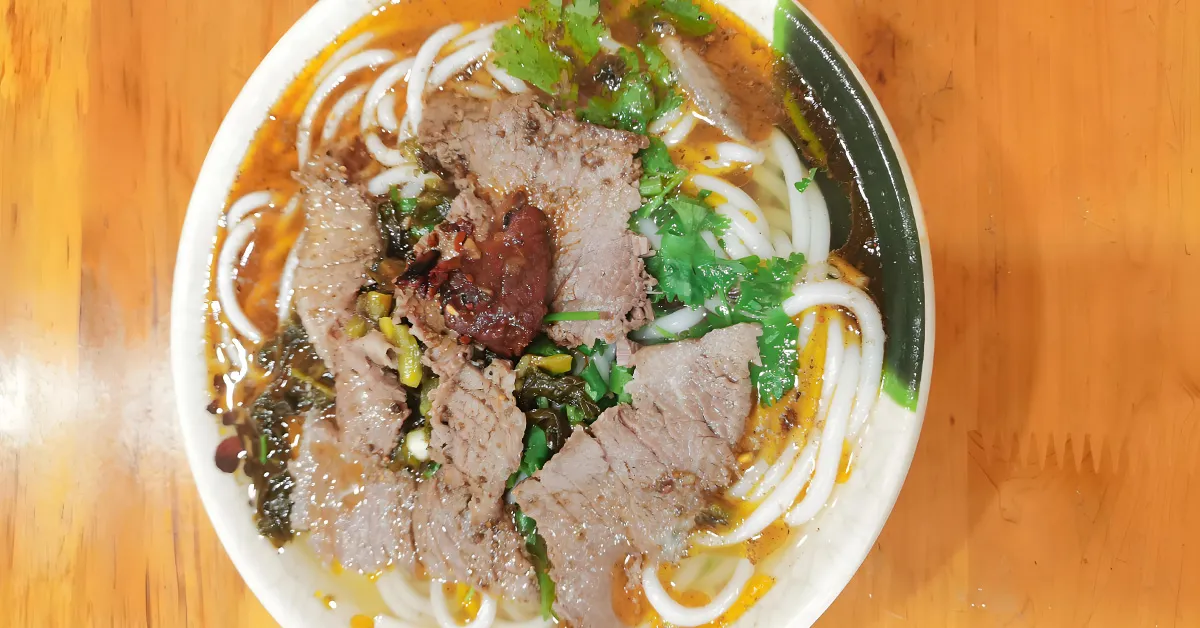
1.8 Fujian Xinghua rice noodles
Fujian Xinghua rice noodles (also known as Putian rice noodles) are a traditional specialty snack in Putian City, Fujian Province. It has a long history and can be traced back to the Northern Song Dynasty. It is known as “one of the earliest fast foods in China”. It is made of high-quality rice (especially yellow tip rice) and refined using traditional techniques. It is as thin as hair, white and transparent, not mushy after long cooking, and has a smooth taste.
The production of Xinghua rice noodles requires 9 processes, including rice selection, soaking, grinding, steaming, pressing, and drying. The traditional process emphasizes “good ingredients, good water, and fine craftsmanship”.
The rice noodles are as thin as silk, with a diameter of only about 1 mm, and a slightly yellow or white color. It can be boiled, fried, deep-fried, and mixed. It can be cooked in 30 seconds and is suitable for fast-paced consumption.
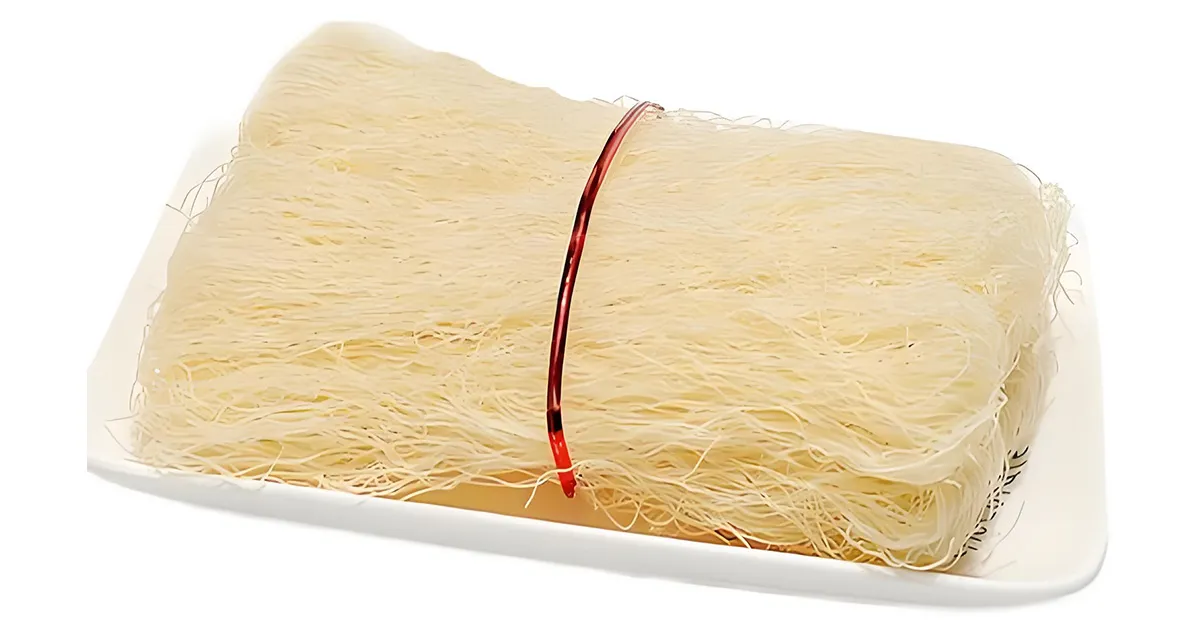
2. Vietnamese rice noodles (Pho)
Vietnamese pho is a globally renowned rice noodle dish, which can be divided into:
- - Northern pho (Pho Bac): clear soup, fewer spices, simple side dishes (scallions, coriander), beef is mostly cooked or half-cooked.
- - Southern pho (Pho Nam): sweeter soup, rich side dishes (bean sprouts, basil, chili), many types of beef (beef brisket, beef tendon, beef balls, etc.).
- - Chicken pho (Pho Ga): Chicken is used instead of beef, and the soup is lighter.
- - Hue beef noodle (Bun Bo Hue): round noodles with spicy soup, including pig blood, beef tendon, etc.
- - Lemon noodle (Bun Thit Nuong): cold round noodles with roasted pork and fish sauce.
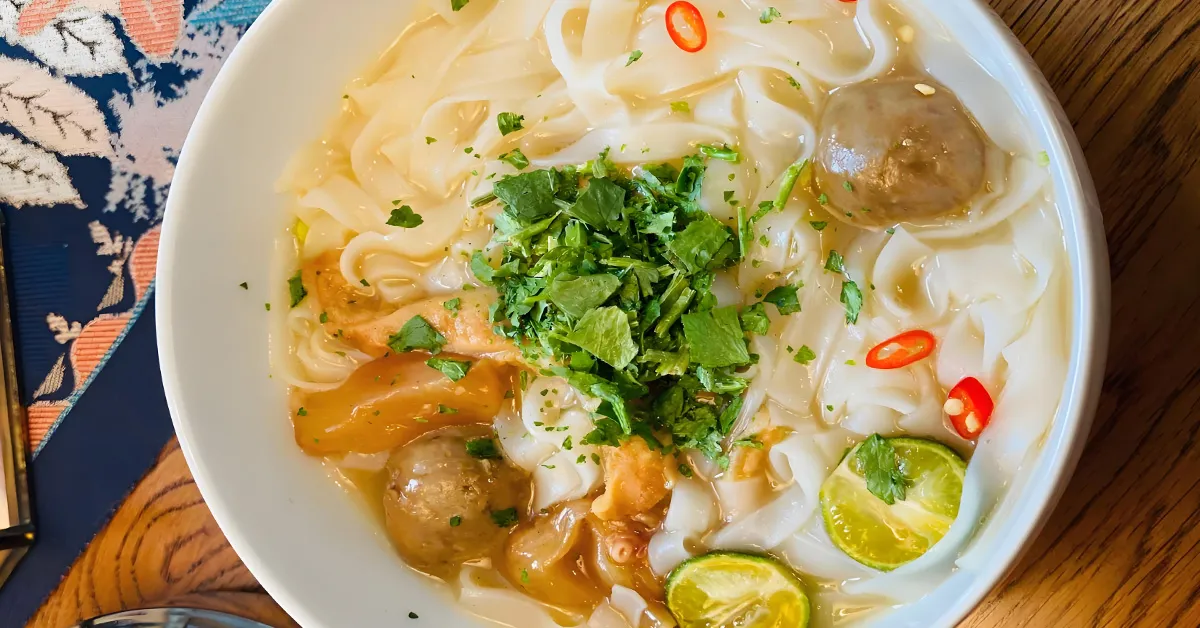
3. Southeast Asian rice noodles
- - Thai Kuay Teow: Similar to Teochew Kuay Teow, often used in Pad Thai or soup noodles.
- - Malaysian/Singaporean Kuay Teow: Often used in Char Kway Teow or curry soup noodles.
- - Cambodian Kuay Teow: Similar to Vietnamese Pho, but the soup base is often made with pork or seafood.
- - Vietnamese Corn Pho (Ha Giang): Made with corn, golden and chewy.
- - Dalat Artichoke Pho: Pink, with artichoke stems in the soup base, sweet and refreshing.
- - Vietnamese Herbal Pho: Add Chinese medicinal herbs, such as lotus seeds and mugwort leaves.
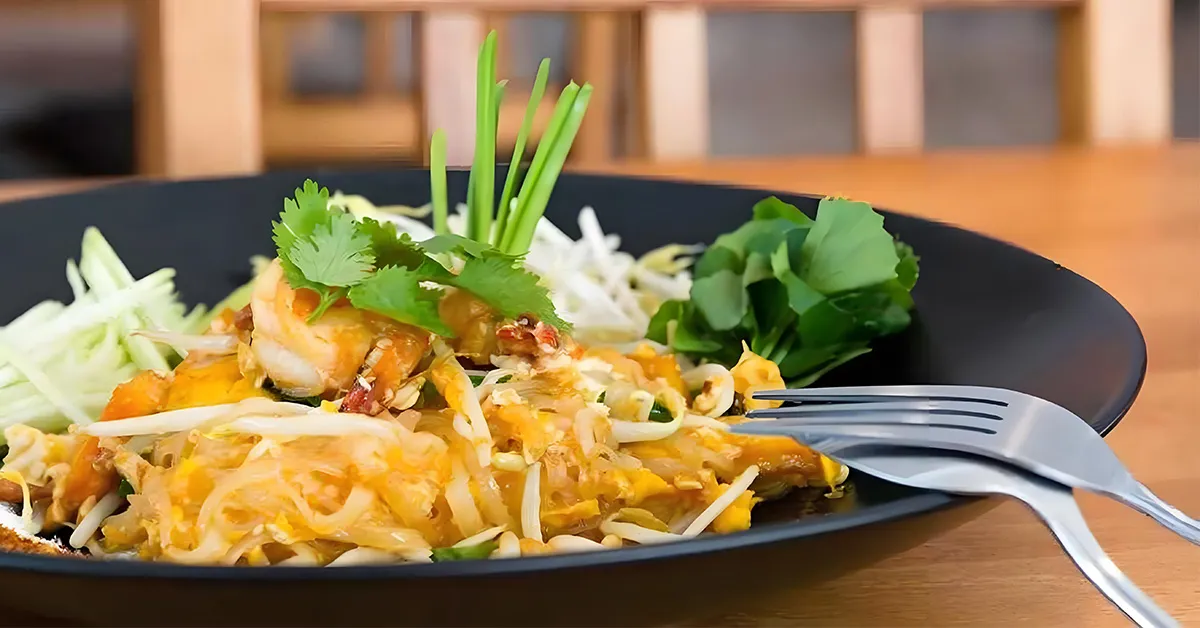
4. Improved European and American rice noodles
With the spread of Vietnamese immigrants, new versions of Vietnamese pho have emerged in Europe and the United States:
- - Pho Dac Biet: a mixture of various beef parts, such as tripe and tendon.
- - Pho Pizza/Pho Burrito: an innovative way of eating that combines pizza or burritos.
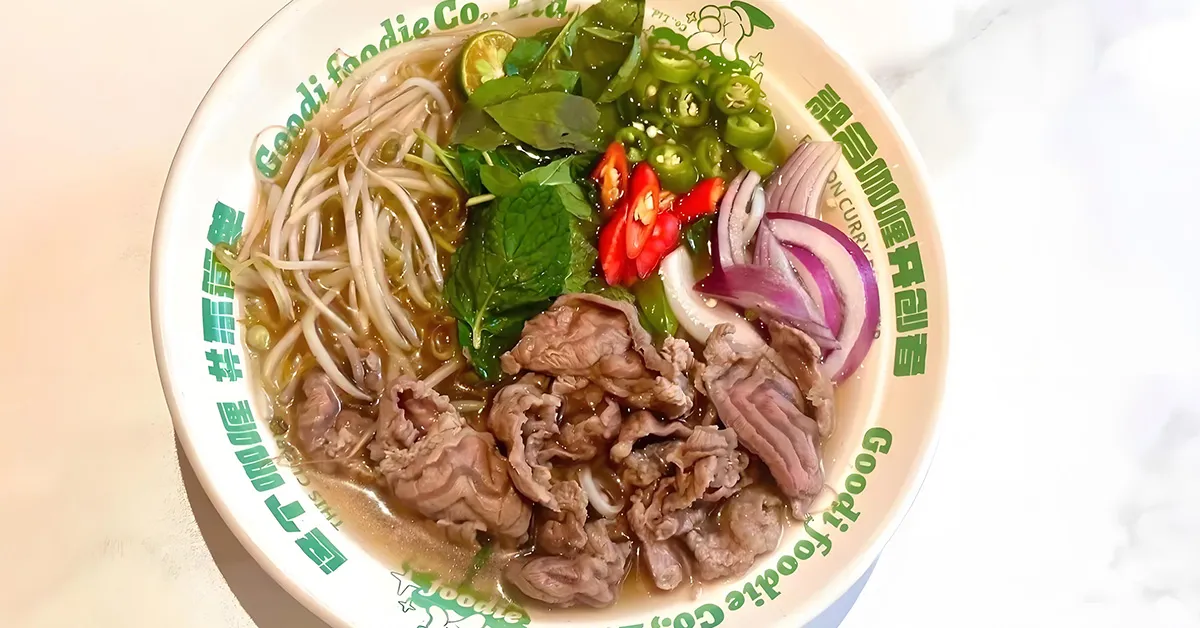
5. Summary
The types of rice noodles vary according to regional culture, from Chinese Shahefen, Vietnamese Pho to Thai Kuay Teow, each type of rice noodles has a unique flavor and cooking method. Vietnamese rice noodles have become one of the most popular rice noodles in the world because of its delicious soup base and rich side dishes.


